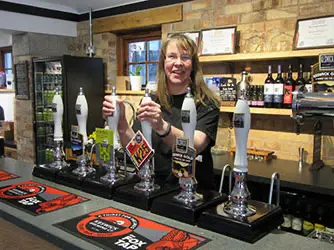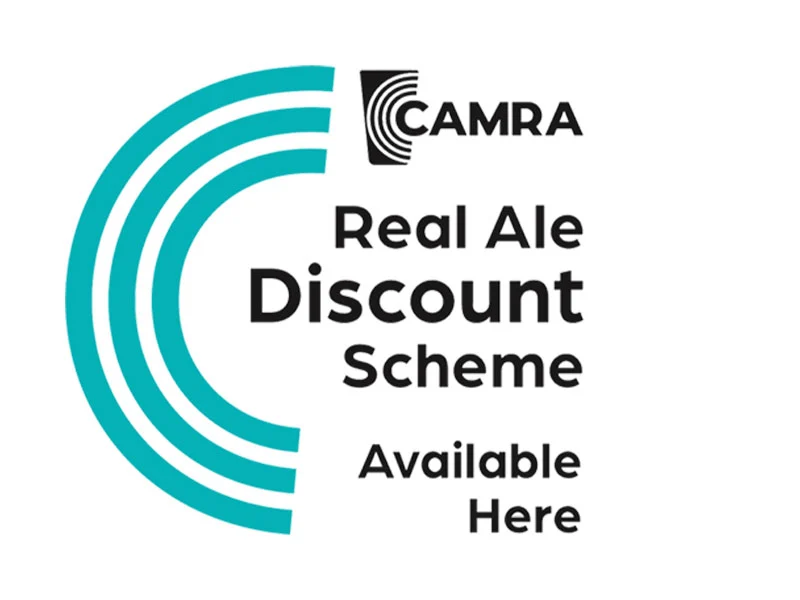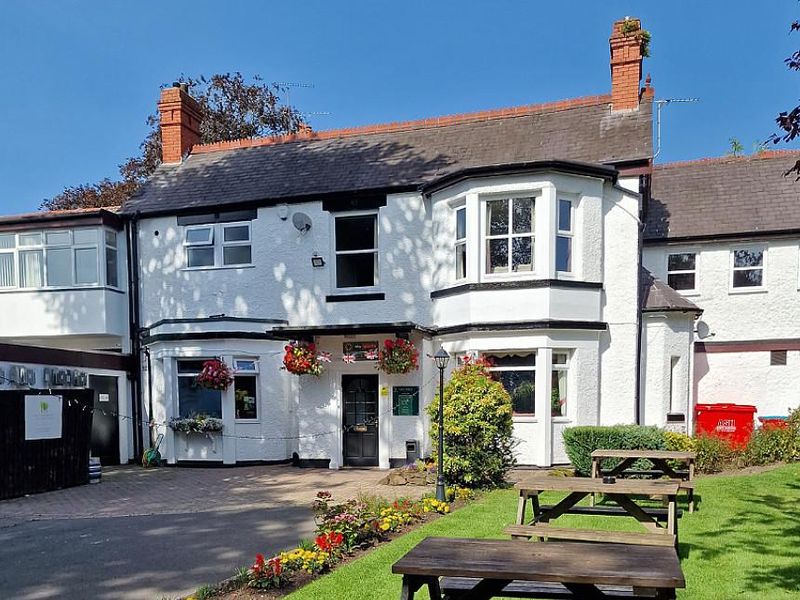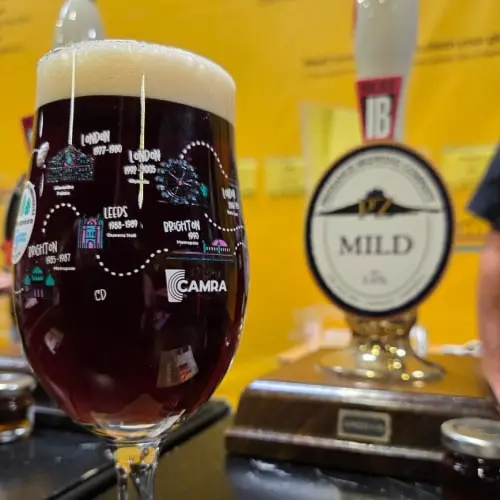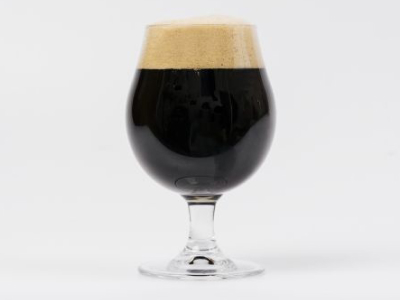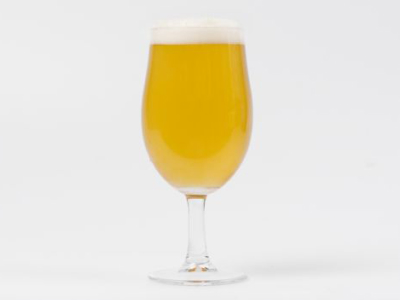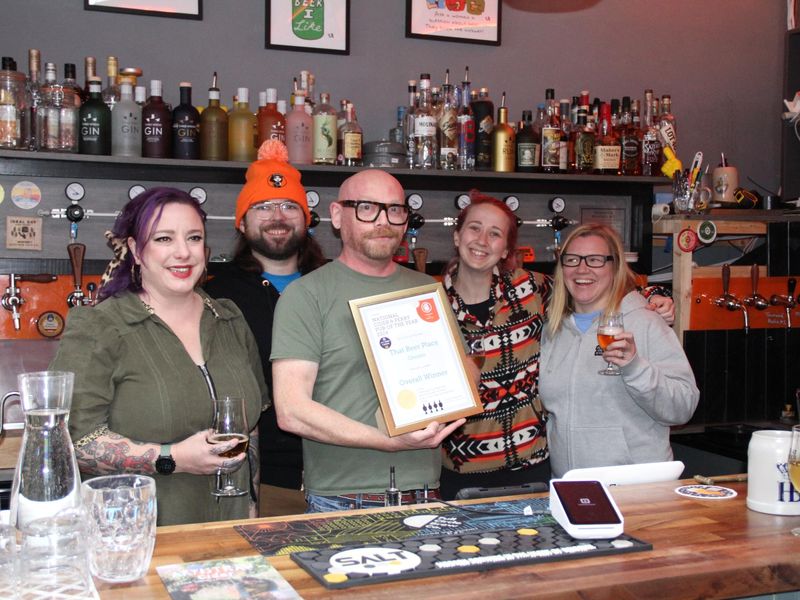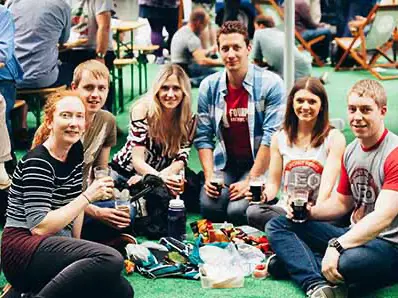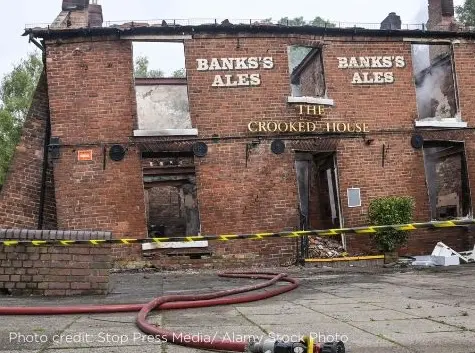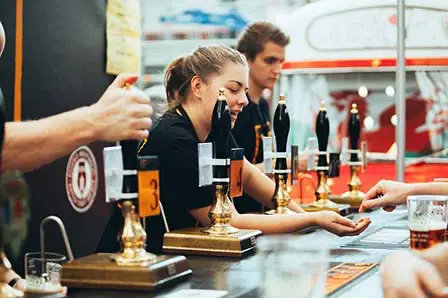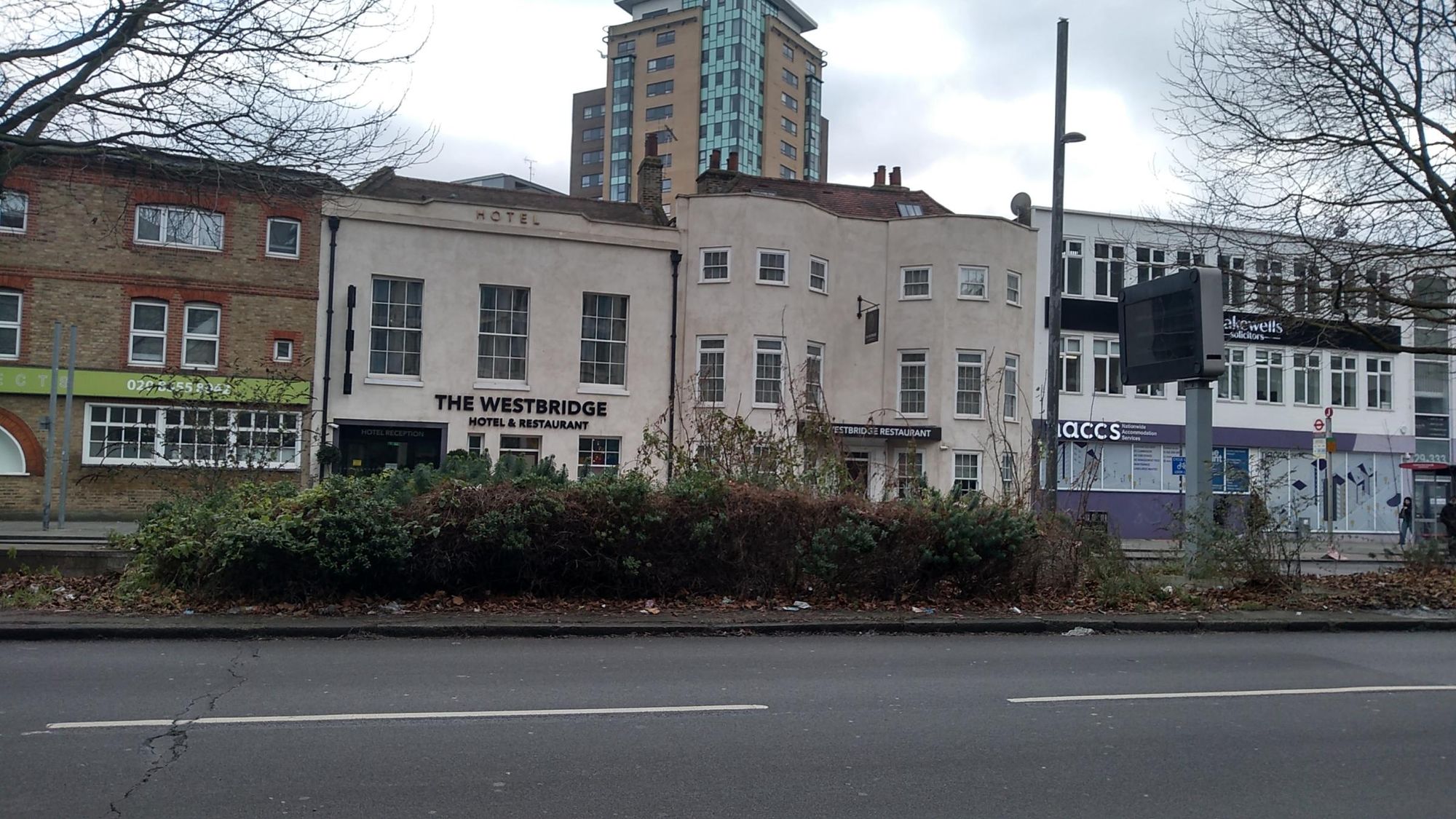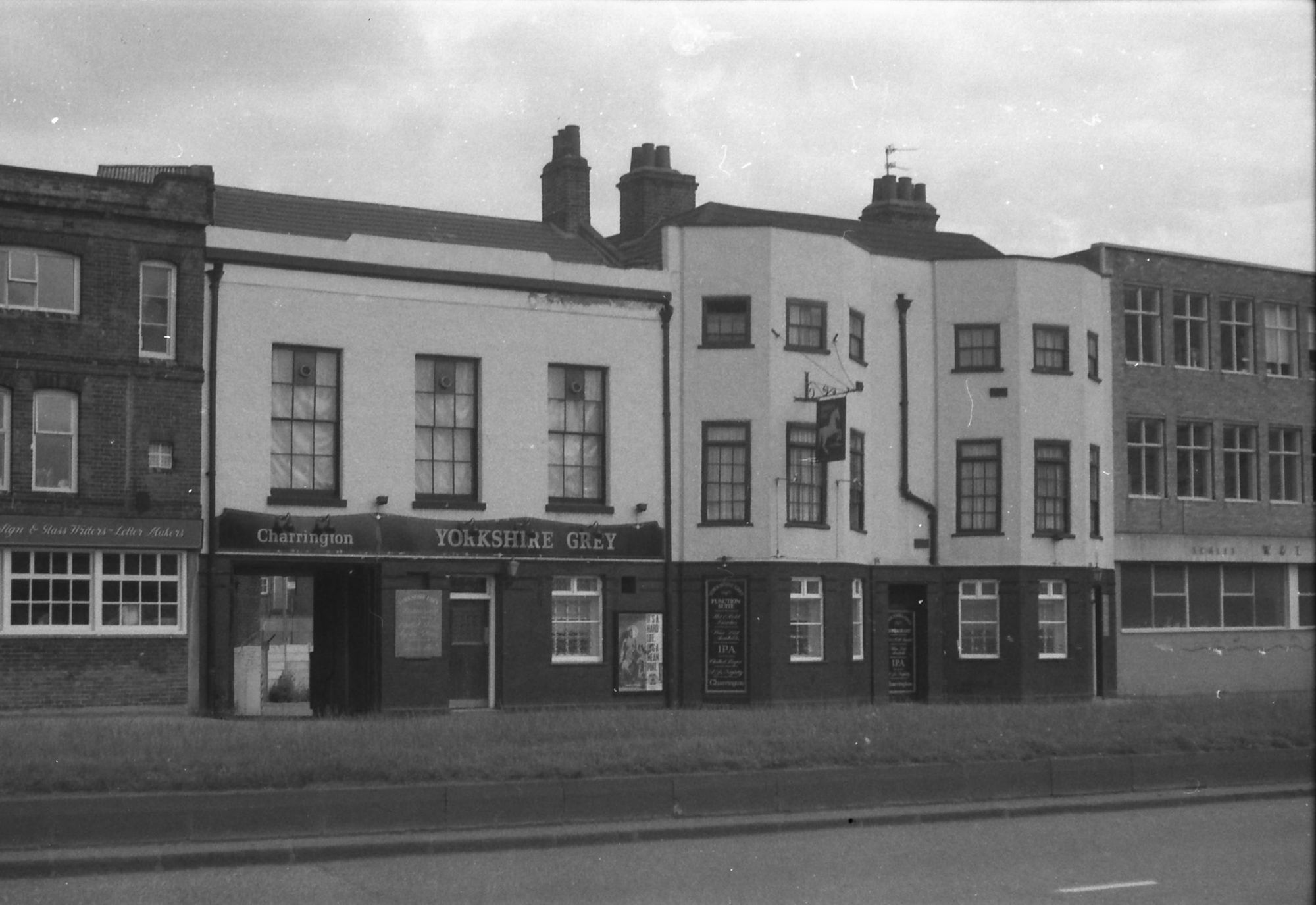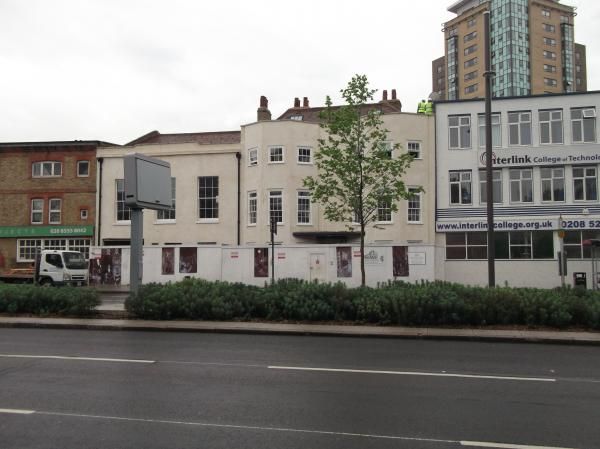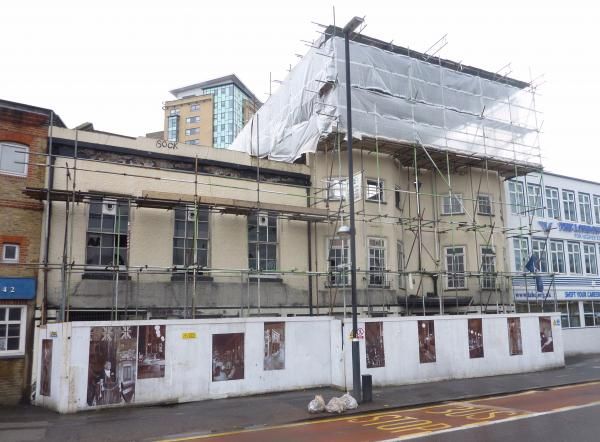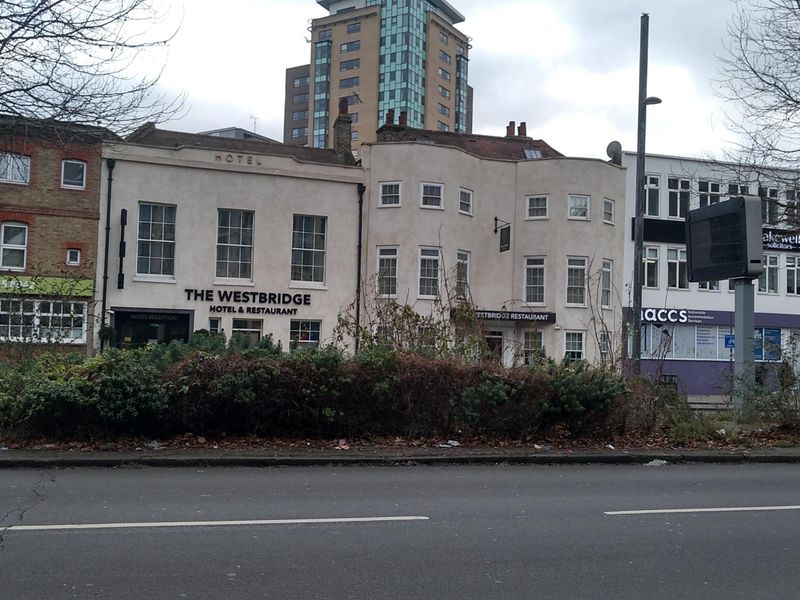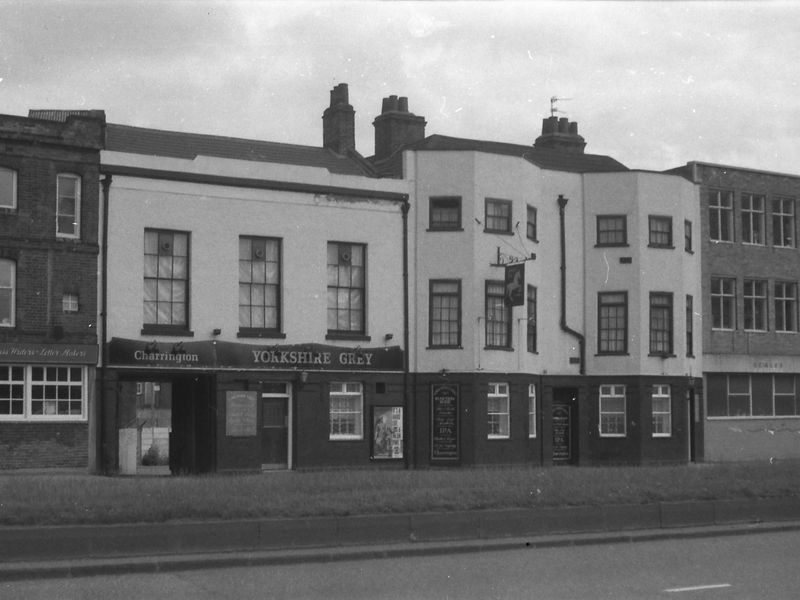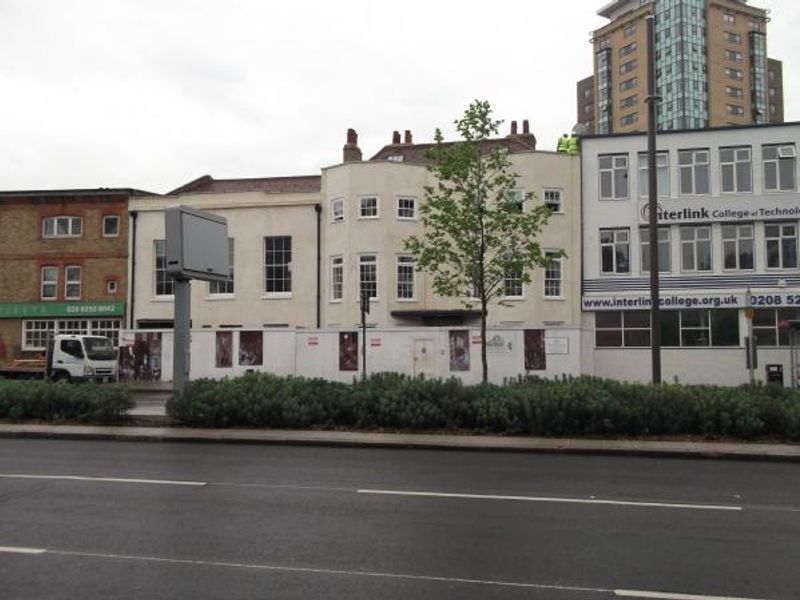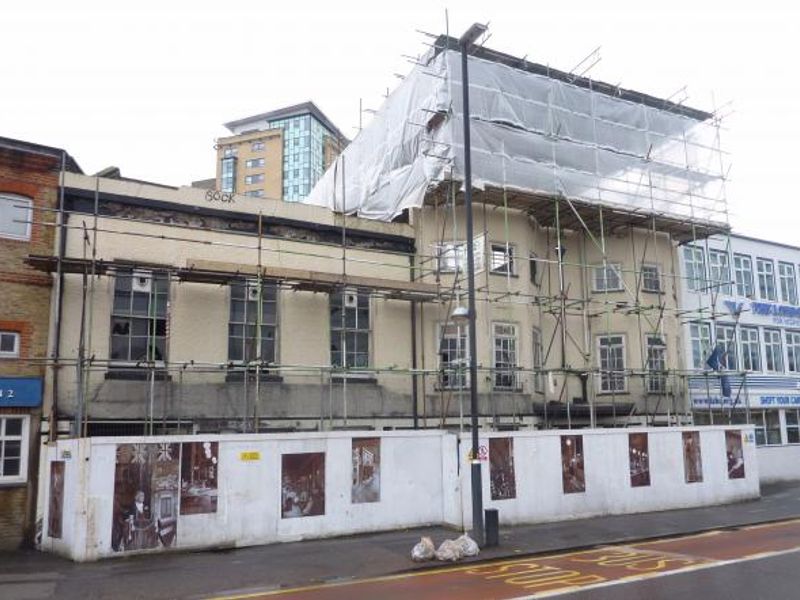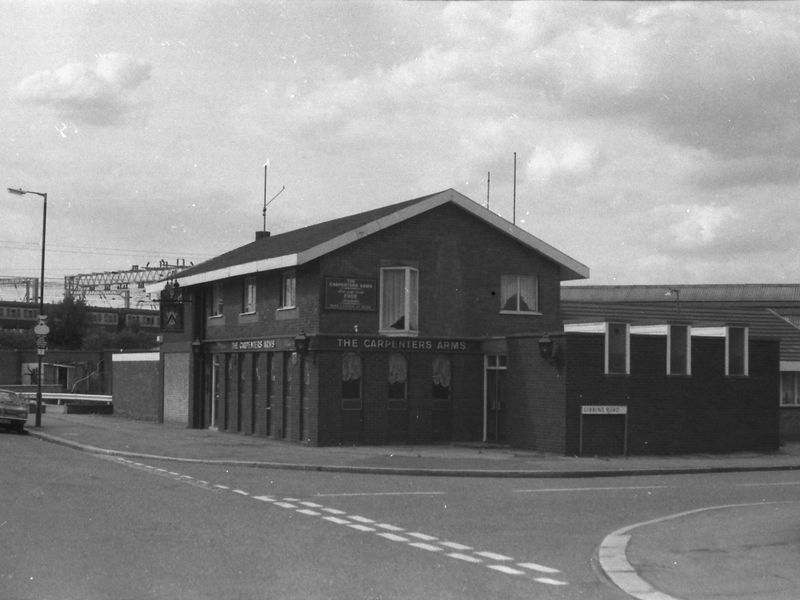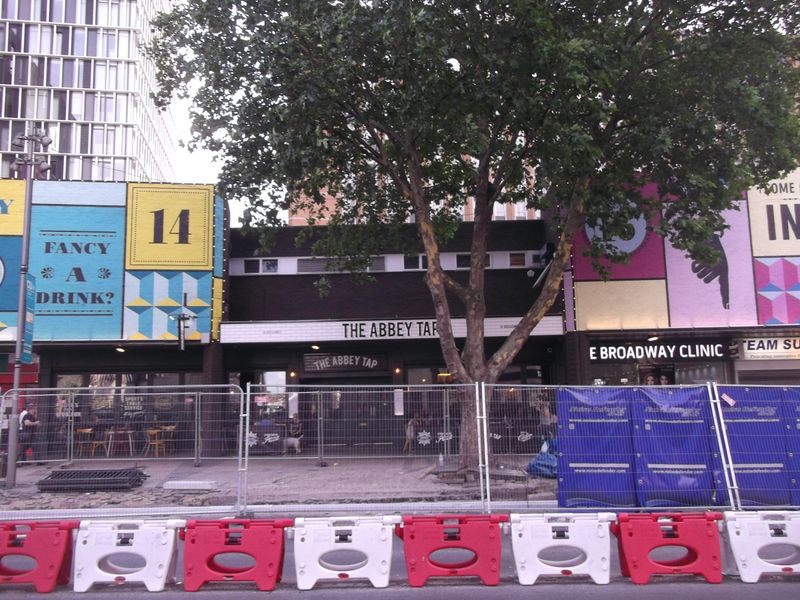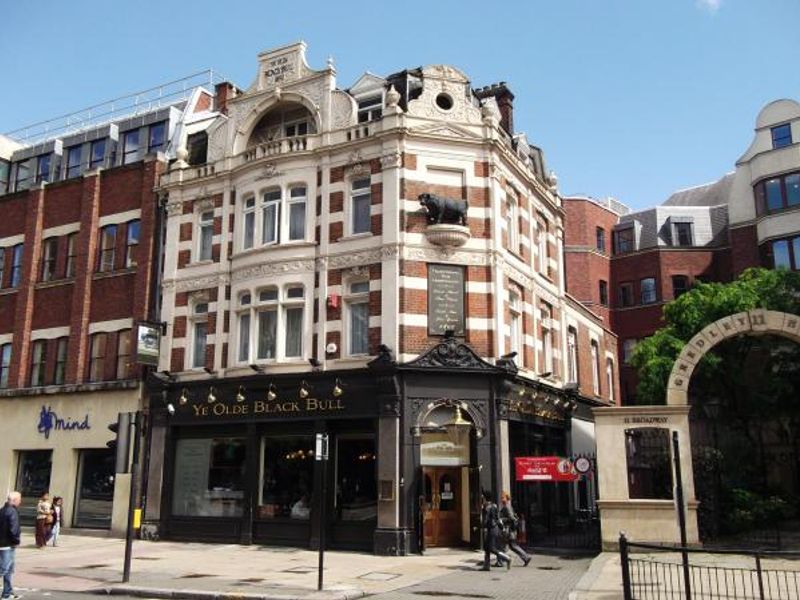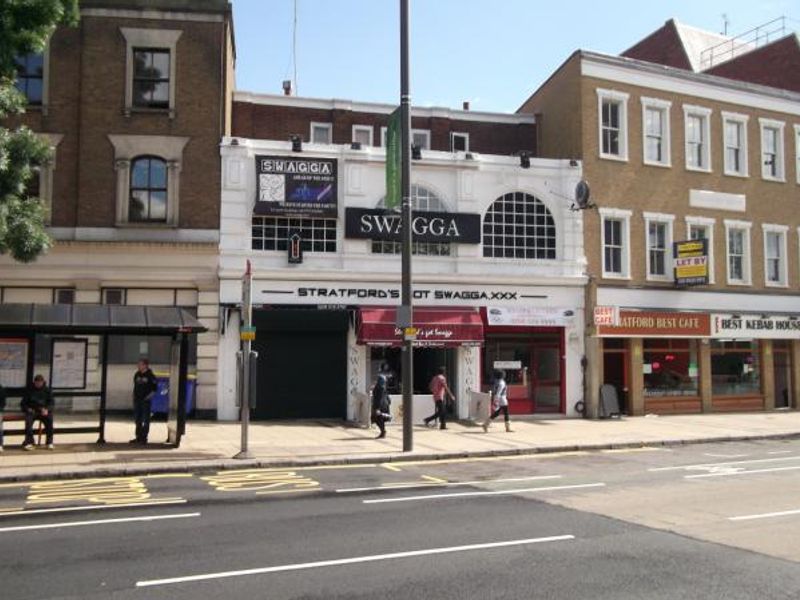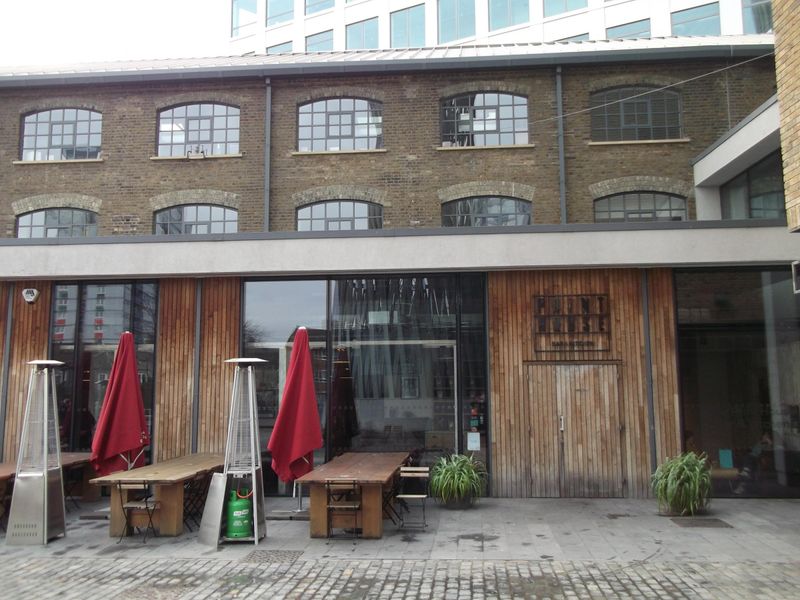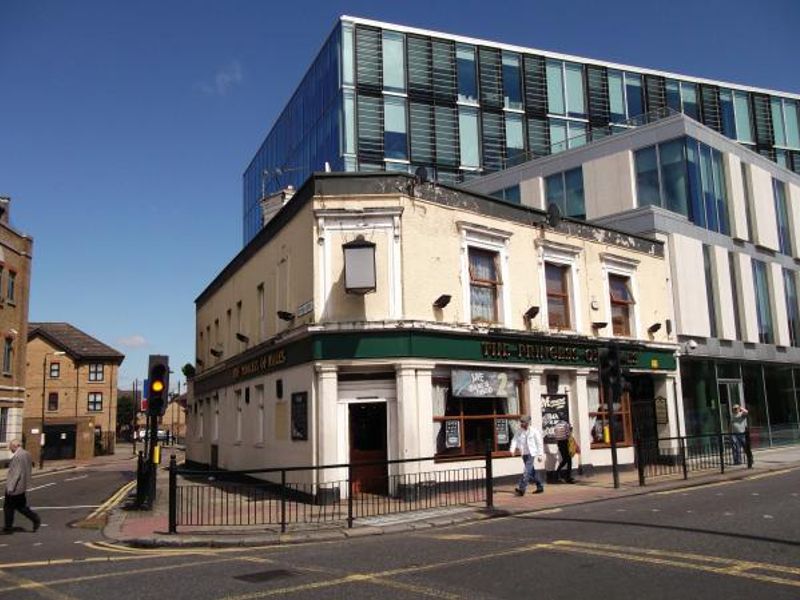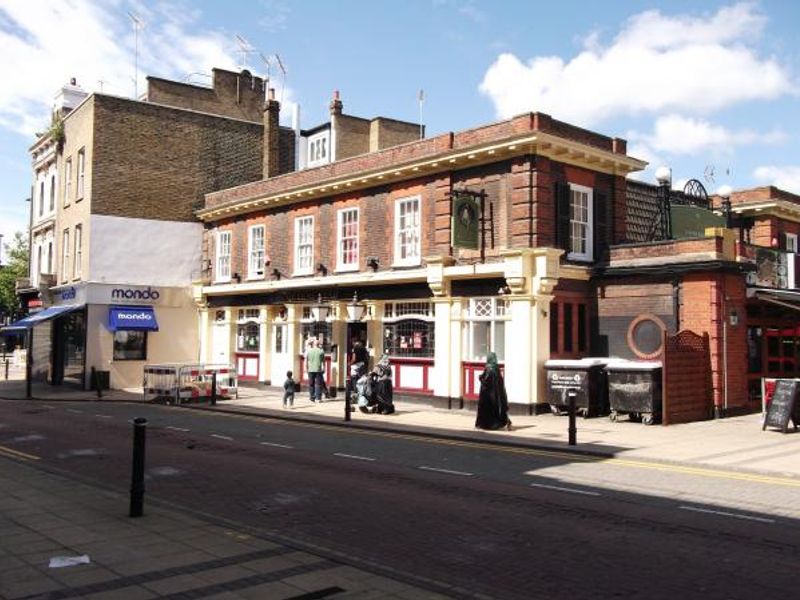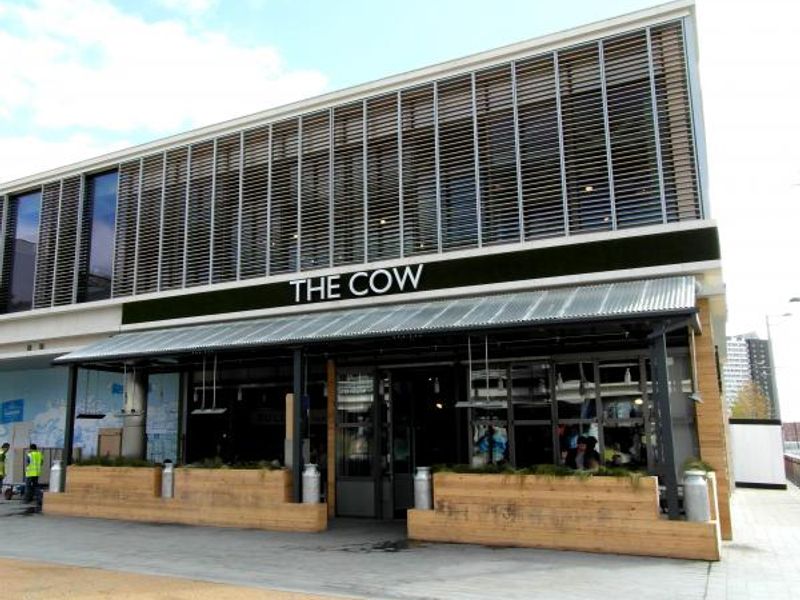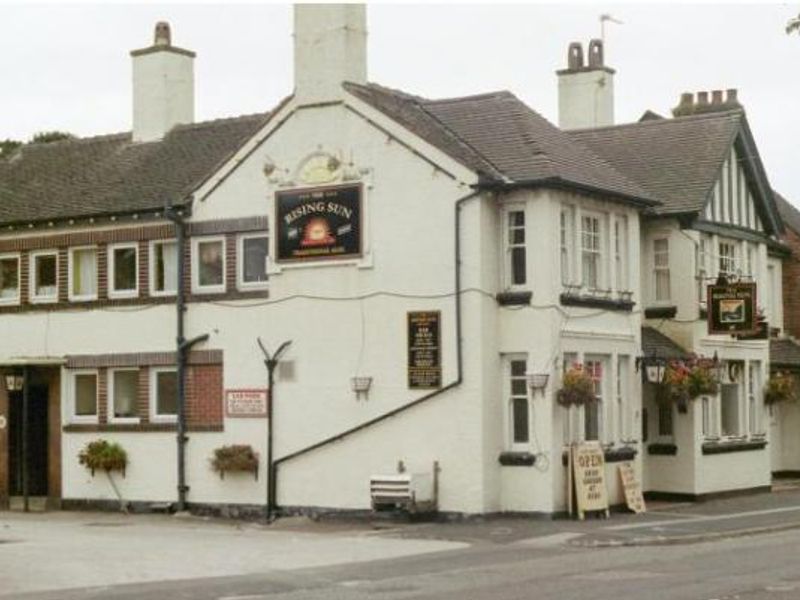Grade II listing:-
Former coaching inn. c.1740. Brick walls, rendered on High Street elevation. Ground floor ceramic tile facing at front. Modern clay tile hipped roof.
The earlier, main section of seven bays with double bowed fronts and three storeys consists originally of four rooms on each floor; two at the front and two at the back, with later subdivisions. Full-height main stair is situated towards the back and in the centre of the building. Attached two-storey wing contains function room at first floor level, with access via a projecting rear stair, which is illuminated by sash windows.
High Street elevation of seven bays, with adjoining former function room of three bays. Seven bay section has two full-height canted bays. Ground floor has a late nineteenth century tile (now painted over) wall surface with some simple decorative mouldings. This treatment consistent with public house decoration of that time. First and second floors have late C18 or early C19 sash windows. Adjoining function room with late nineteenth century ground floor treatment in the same manner, with large early nineteenth-century sashes above. Parapet has a central ramped feature. On far left is a gated carriage entrance which leads through to a large year yard.
Interior: Cellar: internal access is via a small wooden door in a back room. Three rather beautiful, boldly geometric, brick semicircular fireplaces. At least one of the front canted bays extends upwards from the cellar. Ground floor much altered as this has been continuously redeveloped as a public house from the eighteenth to the late twentieth century, but retains some C18 cornices in the back rooms. Most of the ceilings have late nineteenth century match boarding of various widths; the joinery, now exposed, behind the bar is of some interest, with its 'crackle' finish; early nineteenth century flush reeding and a long blocked-up door. A section of eighteenth century modillion cornice survives in a pocket between rooms. The main stair is the principal surviving historic feature. It is part winding, closed-string, with slender turned balusters and Tuscan column newel posts rising to the top of the property around a narrow well. It has the characteristic, conforming wainscoted dado of the mid eighteenth century, with attractively awkward junctions as it ascends in height. First floor: originally four rooms, with wainscoting up to the dado level. However, wainscoting possibly of eighteenth century origin can also be located in a puzzling central partition which divides the front two rooms, producing a smaller room in the middle - a closet of sorts. The most elegant aspect of these rooms is the internal treatment of the bows, into which continuous modillion cornicing extends; moulded window architraves and shuttering and flanking dado-level wainscoting. Despite considerable partitioning, original eighteenth century cornicing survives in each room or space. The more elaborate mouldings are reserved for the front rooms. The function room still retains its window architraves; an unusually deep, and plain, cove and two moulded roundels (not roses) for ceiling illumination. Second floor: as is to be expected there is no cornicing on the top floor. Nevertheless, wainscoting up to the dado level is to be also found on this floor. The only original fireplace, now blocked, survives in a corridor on the top floor. Original, and often broad, deal floor-boarding of an irregular gauge can be found throughout the first and second floors. Several original deep cupboards can be found built into the thickness of various walls.
History: The Log Cabin, formerly The Yorkshire Grey, has been a public house since at least 1776. Before this date it can be found on Rocque's London Survey of 1745 and on Chapman and Andre's London map of 1777. Published references to The Yorkshire Grey state that it was rebuilt in the late nineteenth century and this is certainly the case with the ground floor, but the rest of the building, on the first and second floors, has survived the alteration to be found elsewhere. In 1821, James Brooks, a Stratford brewer, conveyed the 'Yorkshire Grey, Stratford, (conveyed to John Brooks by Lease and release dated 5 & 6 October 1809 by George Norman and Christopher Godmond.)' to James Thomson also of Stratford, but earlier records are not available.
Included as a rare example of a coaching inn on a principal route east out of London, and for the survival of its largely mid-eighteenth century interior.
